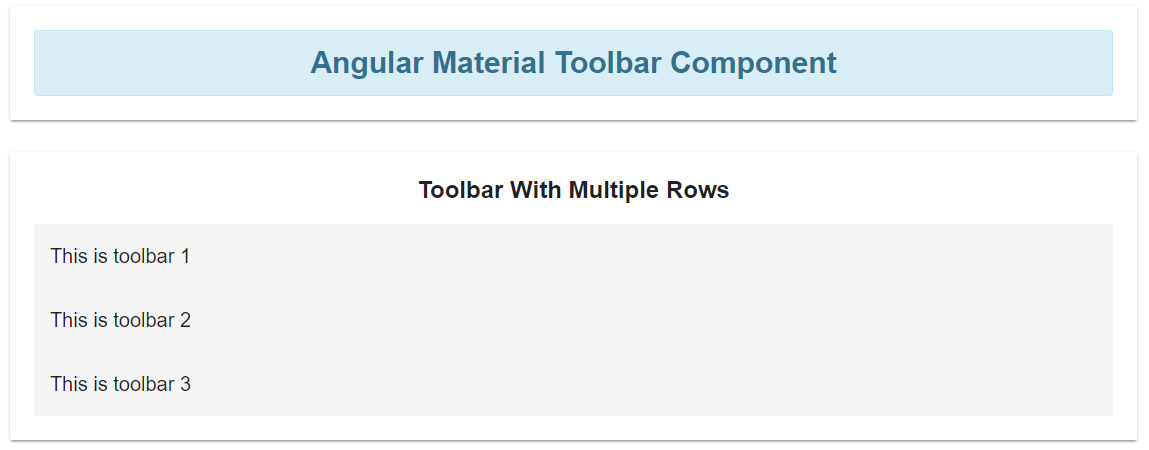
ANGULAR MATERIAL TOLLBAR ICON RESIZE UPDATE
Now update the file with following CSS style for resizable container and resize handles. ( < MIN_DIMENSIONS_PX ||Į < MIN_DIMENSIONS_PX) First, go back to the command line and stop the server if it is currently running by hitting Control + C.
ANGULAR MATERIAL TOLLBAR ICON RESIZE INSTALL
Here we are not using Routing to keep tutorial simple and opting CSS for styling Install Resizable Package in ProjectĪfter successfully creating the project, run following NPM command to install Angular Resizable Element package $ npm install -save angular-resizable-elementĪfter that, we need to import ResizableModule in file in the imports array // Okay, it’s time to start creating these components and working with them. We’ll use Angular Material’s prebuilt components and styles. Create a new project with the ng new command: ng new my-gridster-dashboard. ? Which stylesheet format would you like to use? CSS Install the Angular CLI tool, which will help us manage our project: npm install -g angular/cli. ? Would you like to add Angular routing? No Run following NPM command to create a new project $ ng new AngularResizable To implement Resizable feature we will use angular-resizable-element package for Angular 6+ version by Matt Lewisįirst, let us create a new Angular project in version 8 using Ng CLI Maybe the Angular Material team will improve that in future. Then we can change the tree node display accordingly. In the button, we check is the node is expanded with the treeControl.isExpanded method. We also need the hasChild method to let Angular Material check if there are any child nodes in the tree. But the viewBox attribute is mandatory to make it work with 'height' and 'width' styling. dataSource is created from the MatTreeDataSource constructor.

 Returns an Observable that produces the icon (as an
Returns an Observable that produces the icon (as an 
 0 kommentar(er)
0 kommentar(er)
